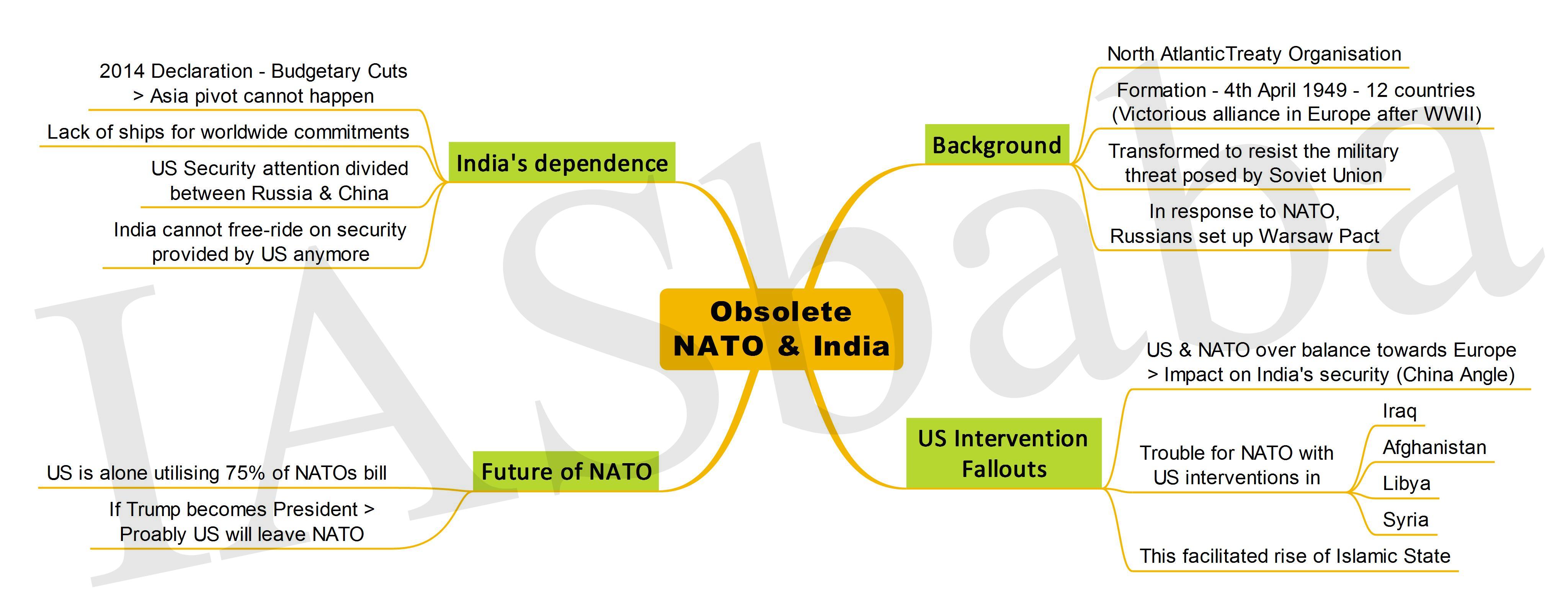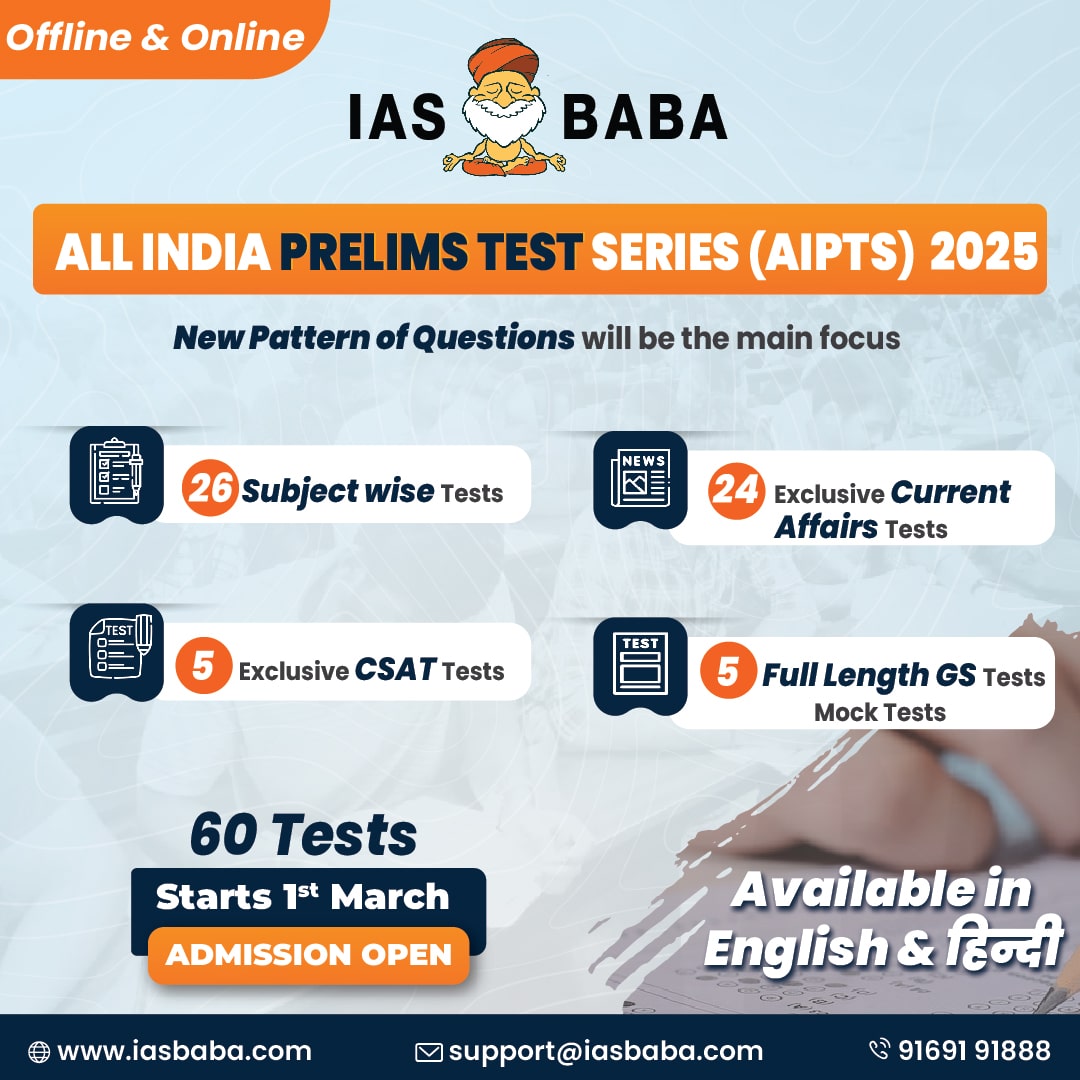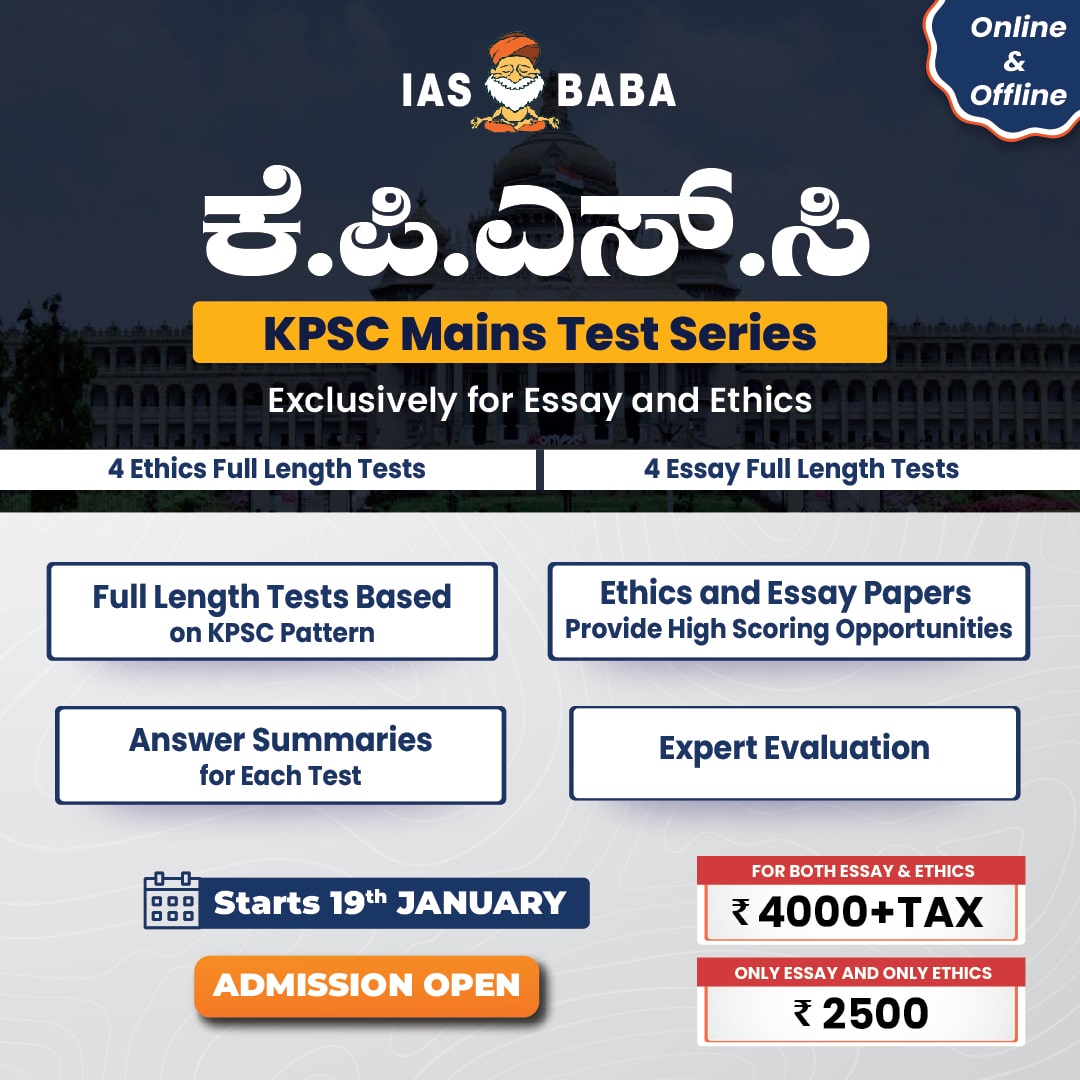IASbaba's Daily Current Affairs Analysis, IASbaba's Daily Current Affairs April 2016, National, UPSC
Archives
IASbaba’s Daily Current Affairs – 5th April, 2016
NATIONAL
TOPIC: General studies 2
- Structure, organization and functioning of the Executive and the Judiciary; Governance issues
Towards restorative Criminal Justice
Purpose of criminal justice: towards securing life and property
The Reality—
- Fails to deter criminals owing to
- Delays and uncertainties involved in its processes
- Ridiculously ineffective punishments imposed on those few who get convicted
- Provides wide discretion to the police and the prosecution, rendering the system vulnerable to corruption and manipulation and endangering basic rights of innocent citizens
- Ignores the real victim, often compelling him/her to find extra-legal methods of getting justice
- Puts heavy economic costs on the state for its maintenance without commensurate benefits in return
With nearly 30 million criminal cases pending in the system (the annual capacity of which is only half that number), and with another 10 million or more cases being added every year, whatever is left of the system is bound to collapse completely unless some radical alternatives are adopted urgently.
Global Learnings—
U.S.: adopted plea bargaining and diversion to administrative and quasi-judicial institutions- less than a third of criminal cases are allowed to go for trial
U.K.: Diversion is followed; gave a central role to the victims to direct their cases in the system
Russia, Australia, etc.: the victim is brought centre stage through what is called “restorative justice” to replace unproductive aspects of conventional criminal processes
Plea Bargaining & India— India had adopted “plea bargaining” to take out from the system cases punishable up to seven years of imprisonment for negotiated settlement without trial—remains a dead letter
Threefold strategy to arrest the drift—
- A new perspective and a fresh comprehensive look based on changes in society and economy as well as priorities in governance
-Guiding principle in the reform process: Decriminalisation wherever possible and diversion, reserving the criminal justice system mainly to deal with real “hard” crimes
-Division of the Penal Code into four different codes (systems be accordingly reorganised & made specialised, efficient and accountable) —
- “Social Offences Code” consisting of matters which are essentially of a civil nature and can be settled or compounded through administrative processes without police intervention and prison terms;
- “Correctional Offences Code” containing offences punishable up to three years’ imprisonment where parole, probation and conditional sentences can be imposed in lieu of prison terms and can be handled under summary/summons procedure where plea bargaining can be liberally invoked without the stigma of conviction;
- “Economic Offences Code” where property offences which affect the financial stability of the country are dealt with by a combination of criminal and administrative strategies including plea bargaining (both on charge as well as on punishment) with a view to making crimes economically non-viable;
- “Indian Penal Code” which will have only major crimes which warrant 10 years’ imprisonment or more or death and deserve a full-fledged warrant trial with all safeguards of a criminal trial
- Institutional reform of police processes—including investigation of crimes, professionalization and rationalisation of court systems with induction of technology and limiting appeal procedures to the minimum required
- Victim-oriented criminal justice: restoring the confidence of victims in the system and achieving the goal of justice; the system must confer rights
- Enabling them to participate in the proceedings
- Right to be impleaded
- To engage an advocate in serious offences
- Right to track the progress of the proceedings
- Right to be heard on critical issues
- To assist the court in the pursuit of truth
- right to seek and receive compensation for injuries suffered including appropriate interim relief irrespective of the fate of the proceedings
Restorative justice:
- Indigenous systems of quick, simple systems of resolution of wrongs which enjoy community support, victim satisfaction and offender acknowledgement of obligations
- Takes on board all three parties — the offender, the victim and the community — in a harmonious resolution of the injury, maximising the sense of justice and restoring peace and harmony in the community.
Restorative justice is distinct from mediation- directly addresses victim needs and therefore emphasises the private dimensions of a public wrong— help sustain interpersonal relationships while reinforcing offender obligations
- Reduce the workload on the system
- Increase the sense of justice, as a whole
- The new khap— No, due process requirements are followed while participation is enlarged and made transparent, inclusive and accountable
IASbaba’s Views:
- With crime and violence constituting a major impediment for development and social integration for a plural society like India, restorative justice can take the path of accepting ‘diversity’ as a social fact and thus, involving communities in finding ways to correct the wrong.
- India, should now be more open to experimenting new democratic methods of reconciliation, attempting to bring about a change in the mind-set and leading the concept of reconstruction of social fabric as a norm as well as a necessity for the smooth functioning of the society.
Connecting the Dots:
- Is restorative justice the same as mediation? Sociologically as well as logically, trace the relationship shared between crime and society?
- Critically examine the notion of victim-centric approach being a critical element that should be included in the criminal justice system
NATIONAL
TOPIC:
General studies 2:
- Functions and responsibilities of the Union and the States, issues and challenges pertaining to the federal structure, devolution of powers and finances up to local levels and challenges therein.
- Government policies and interventions for development in various sectors and issues arising out of their design and implementation.
General studies 3:
- Infrastructure: Energy, Ports, Roads, Airports, Railways, etc.
India’s new federal polity takes root – with special reference to ‘14th Finance Commission’
- The state budgets are now beginning to reflect the radical makeover in fiscal relations between the Union government and the states.
- The above radical makeover can be linked to the implementation of the recommendations of the 14th Finance Commission (FFC).
One size cannot fit all:
- At its core, the FFC championed the idea that one size cannot fit all; particularly relevant in such a large country like India, which is culturally, topographically and economically so diverse.
- To be sure, this shift has been in the making, incrementally albeit, for the past two decades beginning with the 10th Finance Commission; what the FFC has done is to accelerate this pace dramatically.
Increased trust on states to manage their own fiscal future:
- The FFC abandoned the idea of tied aid, in the form of centrally sponsored programmes and grants and instead trusted states to manage their own fiscal future.
- Not only did the states get the freedom to prioritize spending, the new formula sharply increased the share from 32% to 42% of net Union tax receipts of fiscal resources accruing to states.
- It further allowed states committing to greater fiscal discipline greater leeway to borrow from the market to fund their development priorities.
Sowing the seeds of co operative federalism:
- Effectively, the FFC had sowed the seeds of cooperative federalism as states have been accorded unprecedented fiscal freedom.
- For the first time, public expenditure is now decisively in the jurisdiction of states.
- Consequently, states are now greater stakeholders and the implementation of the single goods and services tax pending before Parliament for the past 10 years and more will only bind this relationship further.
Clean-up of the power sector:
The Union government recently launched an unprecedented clean-up of the power sector mired in accumulated debt of nearly Rs.4 trillion, which was not only impeding fresh investments, but also threatening to snowball into a balance sheet crisis for banks that had loaned funds to state power utilities.
Ujwal Discom Assurance Yojana or UDAY: The scheme launched last November 2015, drew up a contract between the Union government and volunteering state governments (Nine, including Uttar Pradesh ruled by an opposition party, have inked this deal and have already begun implementing it) wherein the discom debt was transferred to the state government—who, in turn, would float bonds to fund it.
- Further, the discoms were required to adopt transparent pricing rules and also overhaul the creaking power infrastructure in their state with the end objective of providing 24×7 power.
Way ahead:
- Taking the two developments together, a new formula to share fiscal resources and a structural fix to the power sector, means the Union and state governments together have hit the reset button on the federal polity.
- While one would resolve a key infrastructure bottleneck (even while it addresses a mindset about public utilities being required to bear the burden of political populism), the other provides unprecedented fiscal room to states.
- Effectively, it confirms a new federal compact: an India where the sum of the parts will be greater than the whole.
Connecting the dots:
- Critically examine the evolution of centre state financial relations in India since independence.
MUST READ
The importance of listening to patients – TB
Family planning is critical for our nation’s economic development- Family planning is at the core of the mission to reduce maternal and child mortality.
Related Articles:
Contraception—a woman’s burden
Returning India to the Gulf- India needed to drop its posturing and step up political and security engagement. That’s what PM Modi is doing
Related Articles:
http://iasbaba.com/2016/01/iasbabas-daily-current-affairs-7th-january-2016/
http://iasbaba.com/2015/12/iasbabas-daily-current-affairs-12th-december-2015/
Avert raw deal on EU-India trade pact- Investment and agricultural imports are not new issues. The government is retreating from the same battles it fought during the Uruguay Round of the World Trade Organisation in 1995
Related Articles:
India, EU summit agrees on new agenda for strategic partnership
India’s great power aspirations-Narendra Modi seeks to transform India into an entity whose weight and preferences define international politics
Why local body polls aren’t free and fair- Bringing the administrative control of State Election Commissions under the purview of the Central Election Commission will never be accepted by the parties in power in the states
MIND MAPS
1. Obsolete NATO & India















